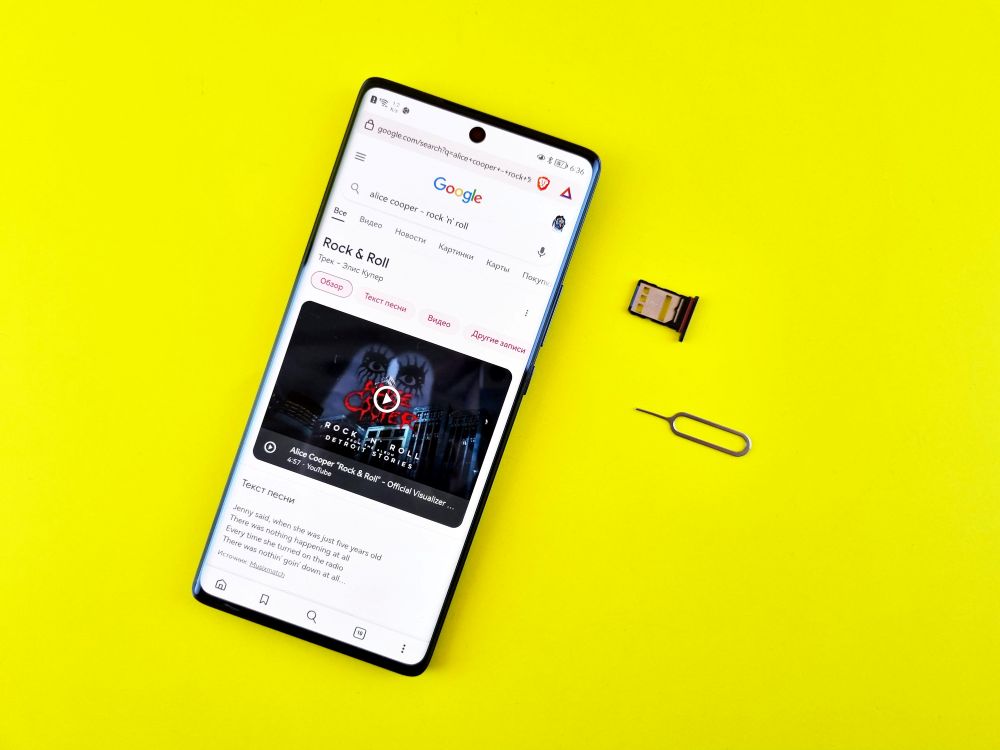Ranking on Google isn’t just about choosing the right keywords—it’s about understanding search intent and delivering exactly what users expect. If your content doesn’t align with what Google sees as the best answer, it won’t rank well, or worse, it might rank but fail to convert visitors.
So, what happens after you’ve identified search intent? How do you take that knowledge and optimize your content to actually rank? That’s where advanced SERP analysis comes in.
This guide covers how to optimize content for different search intents, how to fix intent mismatches in a technical audit, and how to measure success over time. By the end, you’ll have a clear strategy to ensure your pages don’t just rank—they rank for the right searches.
Optimizing Content for Different Types of Search Intent
Understanding search intent is one thing—optimizing your content to match it is another. Google ranks pages based on how well they satisfy intent, and if your content doesn’t align, it won’t perform as expected.
Informational Intent: Be the Best Answer
When users search for topics like “how does search intent work?” or “what is a technical audit?”, they are looking for clear, reliable answers. Google prioritizes well-structured, in-depth content that delivers value quickly. To optimize for this intent, your content needs to be comprehensive, easy to navigate, and structured in a way that helps search engines understand its relevance. Start by answering the main question early in the content—don’t make users dig for the information they need. Breaking complex topics into sections with clear headings also improves readability and increases the chances of being featured in Google’s Featured Snippets or People Also Ask boxes.
Adding visuals like diagrams and screenshots can also make your content more engaging. If your competitors are ranking with video content, consider embedding a relevant video alongside your written content to improve your chances of ranking for both search and video results.
Navigational Intent: Own Your Brand Searches
Users with navigational intent already know what they want—they are looking for a specific website, brand, or tool. Searches like “Google Search Console login” or “Algo Digital SEO services” fall into this category. For these queries, the key is to ensure that your official pages appear at the top of the search results.
Optimizing branded pages with clear title tags, meta descriptions, and structured data makes it easier for Google to serve them in the right context. Updating and claiming your Knowledge Panel where applicable can also enhance visibility. Internal linking plays a role here too—ensuring that visitors can easily navigate to the most relevant pages helps search engines understand which pages should be prioritized in rankings.
Transactional Intent: Convert Searchers into Customers
When users search for terms like “buy SEO audit” or “best keyword tool subscription,” they are ready to take action. These queries indicate transactional intent, meaning they are looking for a service, product, or direct purchase option.
For pages targeting transactional queries, your goal is to make conversion as seamless as possible. Strong calls-to-action (CTAs), clear pricing information, and trust signals like testimonials or case studies help guide users toward making a decision. Page speed also plays a role—if a page takes too long to load, potential customers may leave before they even see your offer.
Commercial Investigation Intent: Help Users Compare & Decide
Some users are in the research phase, looking for comparisons before making a final decision. Searches like “best SEO tools for agencies” or “SEMrush vs Ahrefs” fall into this category. Google tends to rank listicles, comparison pages, and expert reviews for these types of queries.
To optimize for commercial investigation intent, structuring content in a way that highlights key differences between products or services is essential. Using comparison tables and clear pros and cons sections makes information easy to digest. Case studies or real-world examples also help establish credibility, giving users the confidence to make an informed decision.
Fixing Search Intent Mismatches in a Technical Audit
Even well-optimized content can miss the mark if it doesn’t fully align with what users expect. If a page has high impressions but a low click-through rate (CTR), the title and meta description might not reflect search intent accurately. If a page ranks well but has a high bounce rate, visitors may not be finding what they were expecting.
One way to fix intent mismatches is to analyze SERP results for your target keyword. Are the top-ranking pages blog posts, product pages, or videos? Do they feature lists, how-to guides, or reviews? If Google is favoring a different content format, your page may need adjustments to stay competitive.
Another common issue is when Google ranks the wrong page from your site. If this happens, internal linking and canonical tags can help guide search engines toward prioritizing the right content. Revising on-page signals like headings, structured data, and content format can also help clarify the intent.
If CTR is low despite strong rankings, refining title tags and meta descriptions to better reflect what users are looking for can make a big difference. Using action-driven phrasing, highlighting key benefits, and standing out from competitors can encourage more clicks.
For content that isn’t engaging users, restructuring the page can help. Adding summary boxes at the top for quick takeaways, improving readability, and making information easy to scan all contribute to better engagement and improved rankings.
Measuring Success & Refining Your SEO Strategy
Optimizing for search intent isn’t a one-time task. Google’s algorithm evolves, competitors refine their strategies, and user behavior shifts over time. That’s why tracking performance and making continuous improvements is crucial.
Key metrics to monitor include CTR (click-through rate), bounce rate, and conversion rate. If CTR is low, tweaking title tags and meta descriptions can help. A high bounce rate might indicate an intent mismatch, signaling a need for content restructuring. If conversions are low, adjusting CTAs and user experience elements can improve results.
Analyzing SERP changes over time can also provide insights. If Google starts prioritizing a new content format—like video instead of blog posts—adapting your approach accordingly keeps your content competitive. Performing regular technical audits ensures that hidden intent mismatches or indexing issues don’t impact performance.
Conclusion: Get Search Intent Right—Rank Higher, Convert More
Understanding search intent is at the core of a successful SEO strategy. When your content aligns with user expectations, it not only ranks better but also keeps visitors engaged and drives conversions.
However, search intent isn’t static. Google’s interpretation changes, competitors adjust their content, and what works today may not work next month. That’s why regular SERP analysis and technical audits are necessary to stay ahead.
If your pages are ranking but not converting, or if Google seems to favor a different intent than expected, it may be time to reassess your strategy. At Algo Digital, we specialize in technical audits that go beyond the basics. We analyze search intent, identify mismatches, and help you refine your content for maximum rankings and conversions. If you’re ready to ensure your SEO strategy isn’t just ranking—but ranking for the right searches—get in touch today for a free consultation. Let’s make your content work smarter, not harder.



